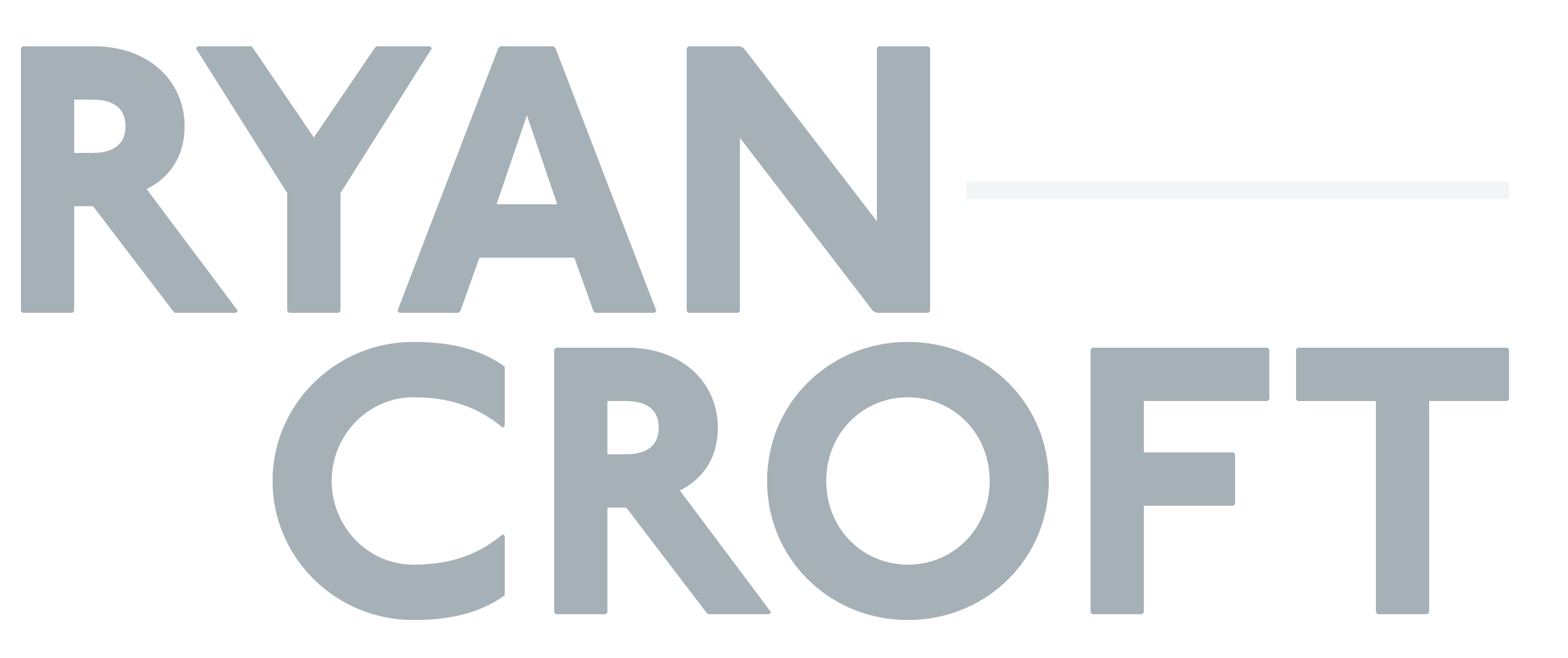OpenAI just announced a big product launch—and most people haven’t processed how big it is yet. With little fanfare, they added an ecommerce layer to ChatGPT. You can now ask the AI for product recommendations—think “best running shoes under $100” or “a last-minute birthday gift for a 9-year-old”—and it responds with curated, data-backed suggestions and links to buy.
This is a real shift from how most of us are used to shopping online.
Unlike Google, where results are loaded with ads and SEO-driven content, the responses from ChatGPT aren’t influenced by paid placement (yet). They’re pulled from a wide range of online sources—review sites, forums, editorial recommendations—and packaged in a conversational format that feels like getting advice from a trusted friend who’s read every review and compared every price.
The tech is still early, but it’s not hard to see where this goes.
OpenAI is now squarely in the consumer commerce game. They’ve built a natural discovery layer on top of ecommerce—no banner ads, no affiliate push (for now), just relevance and clarity. It also remembers your preferences. If you’ve told it in the past you like Nike or stainless steel over plastic, it’ll factor that in going forward.
This feels more like a new operating system for consumer decision-making than just another feature drop. And it’s available to anyone—paid or free users, even people not logged in.
I don’t think this is about OpenAI trying to become Amazon. But it does mean that a lot of future shopping journeys may start outside the traditional search bar or storefront.
We’re entering a phase where the first layer of customer intent—“What should I buy?”—may be intercepted by AI. That has huge implications for every brand, marketplace, and ecommerce team out there.
AI won’t just change how we buy. It’s going to change where the buying journey even begins.
